From stimulus to sensation
2025-02-11
Prelude
JimmyCliffVEVO (2014)
Overview
In the news…
“Fossil-fuel subsidies per capita, 2021” (n.d.)
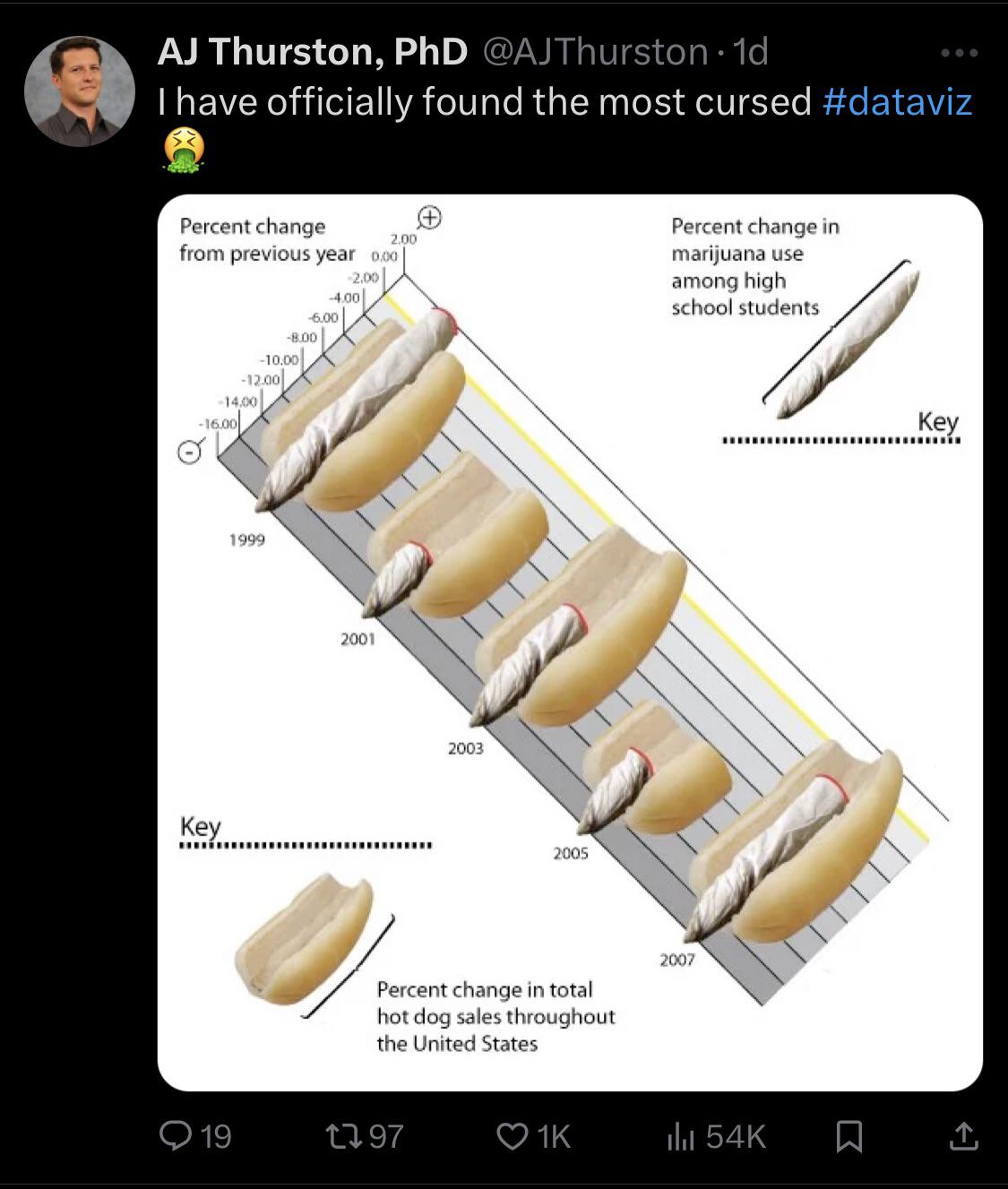
https://www.reddit.com/r/dataisugly/comments/1imj4cq/where_to_begin_with_this_one/#lightbox
Announcements
- Due today Tuesday, February 11: Exercise-03 | Canvas dropbox |
- Assigned next Tuesday, February 18: Final Project proposal
Last time…
- More figure types
Bar/column
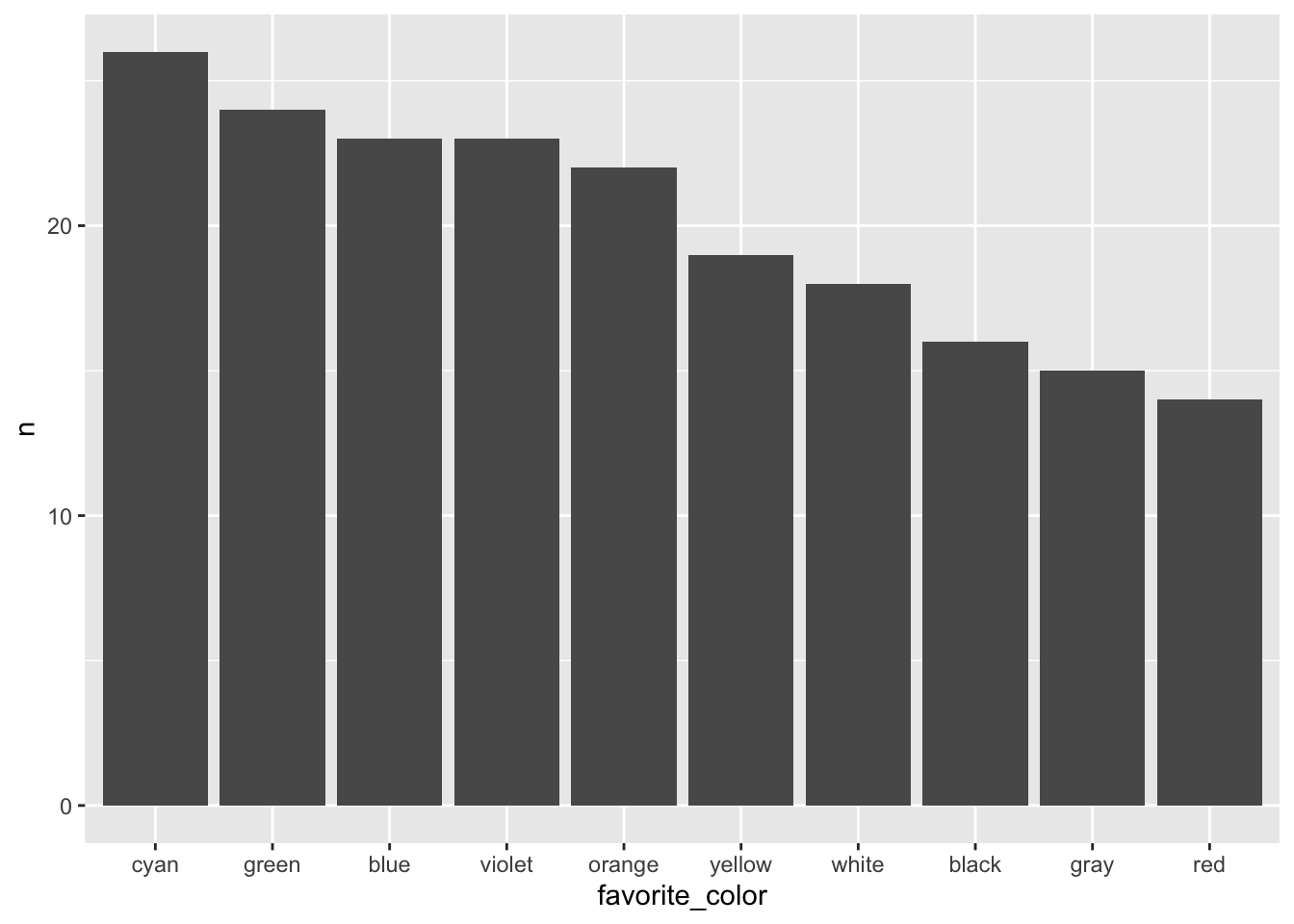
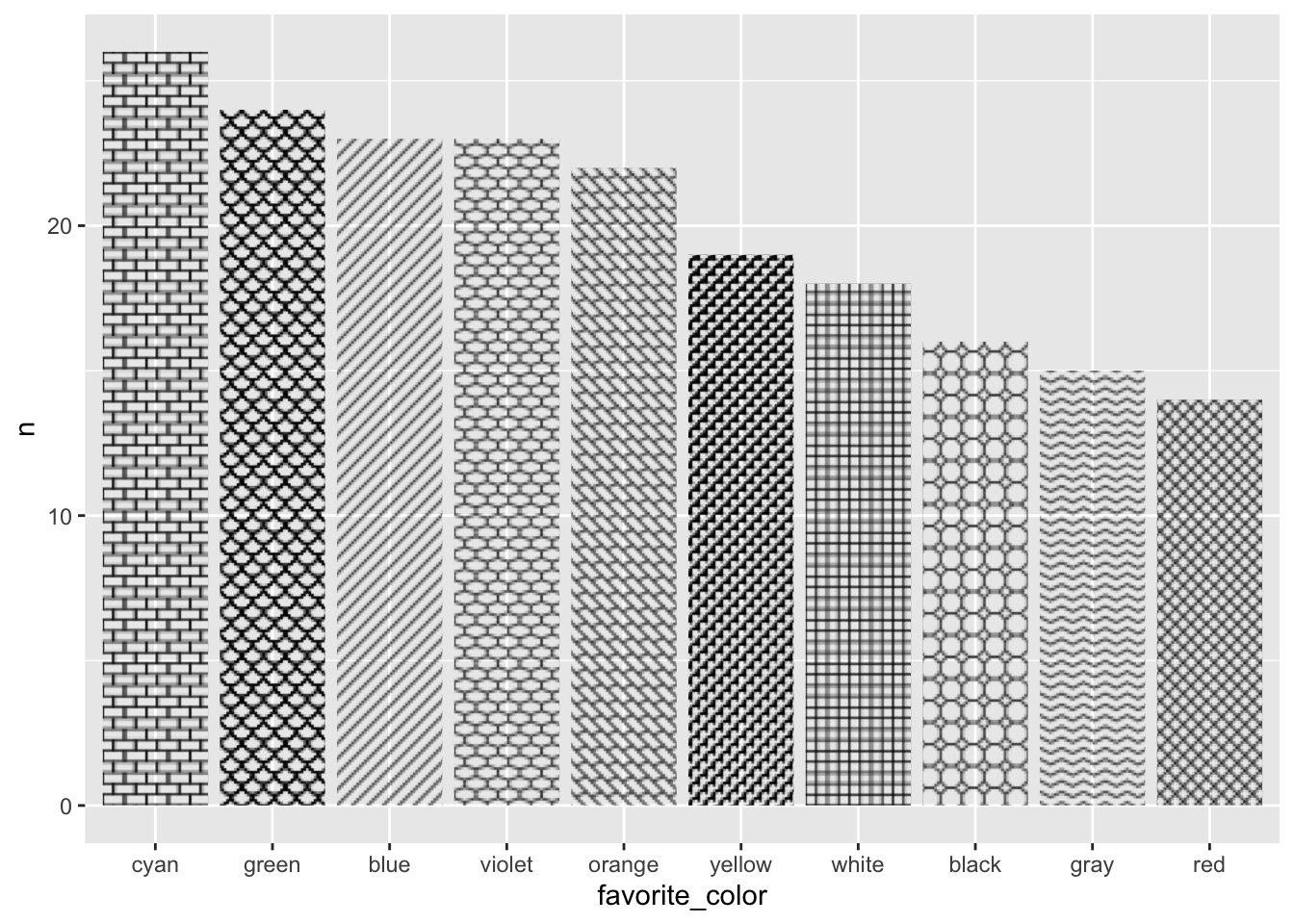
Stacked vs. Lollipop
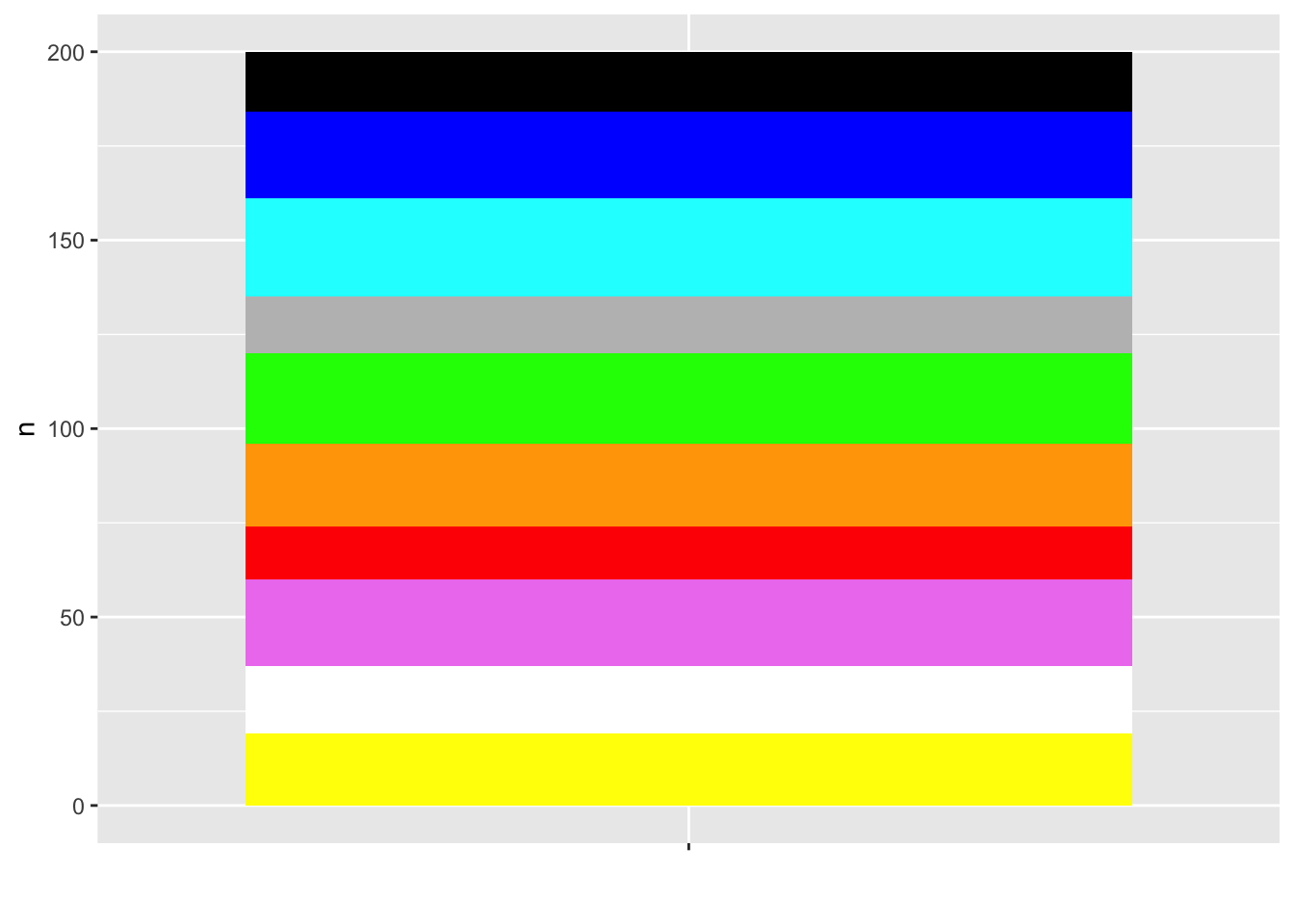
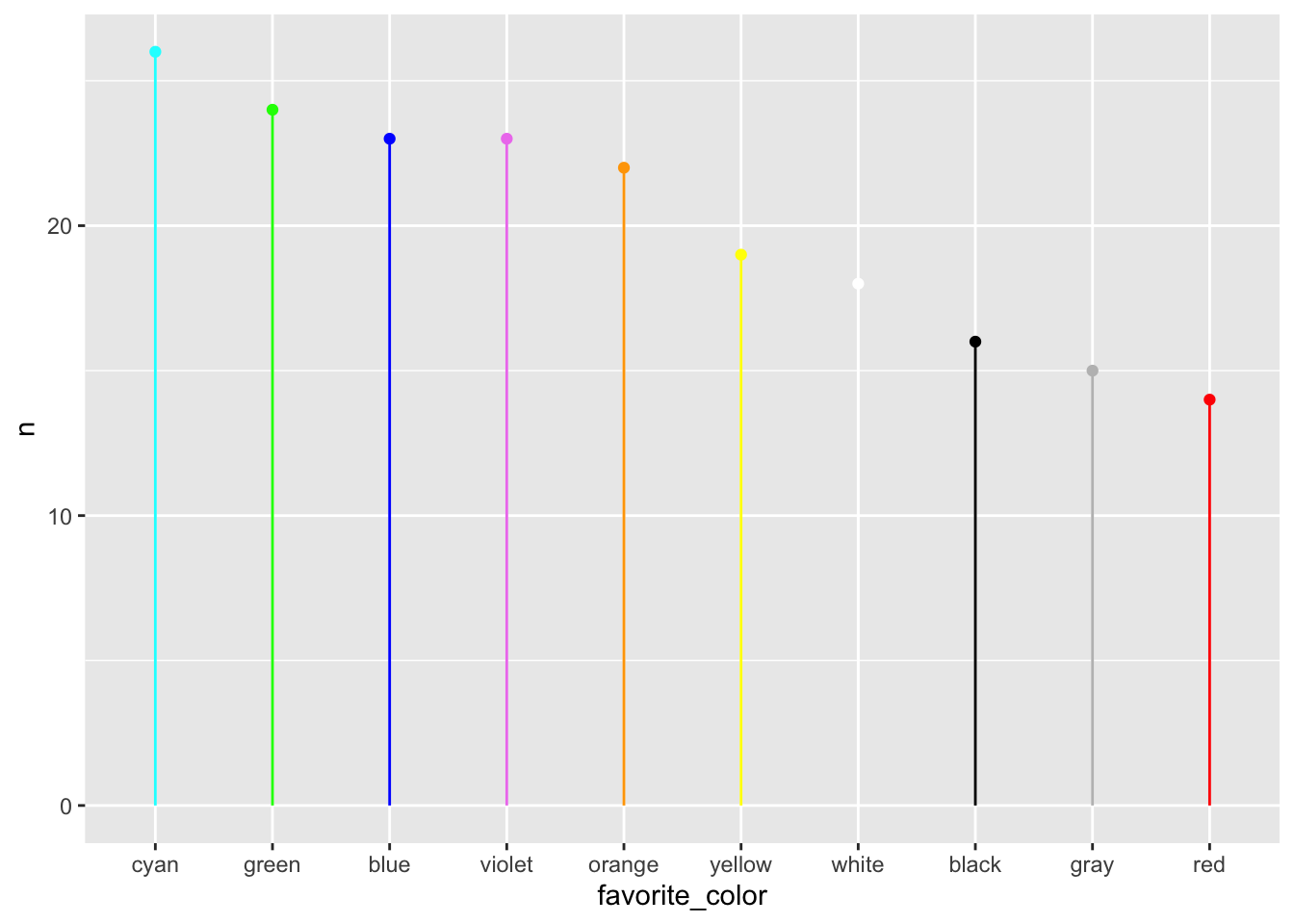
Pie/ring
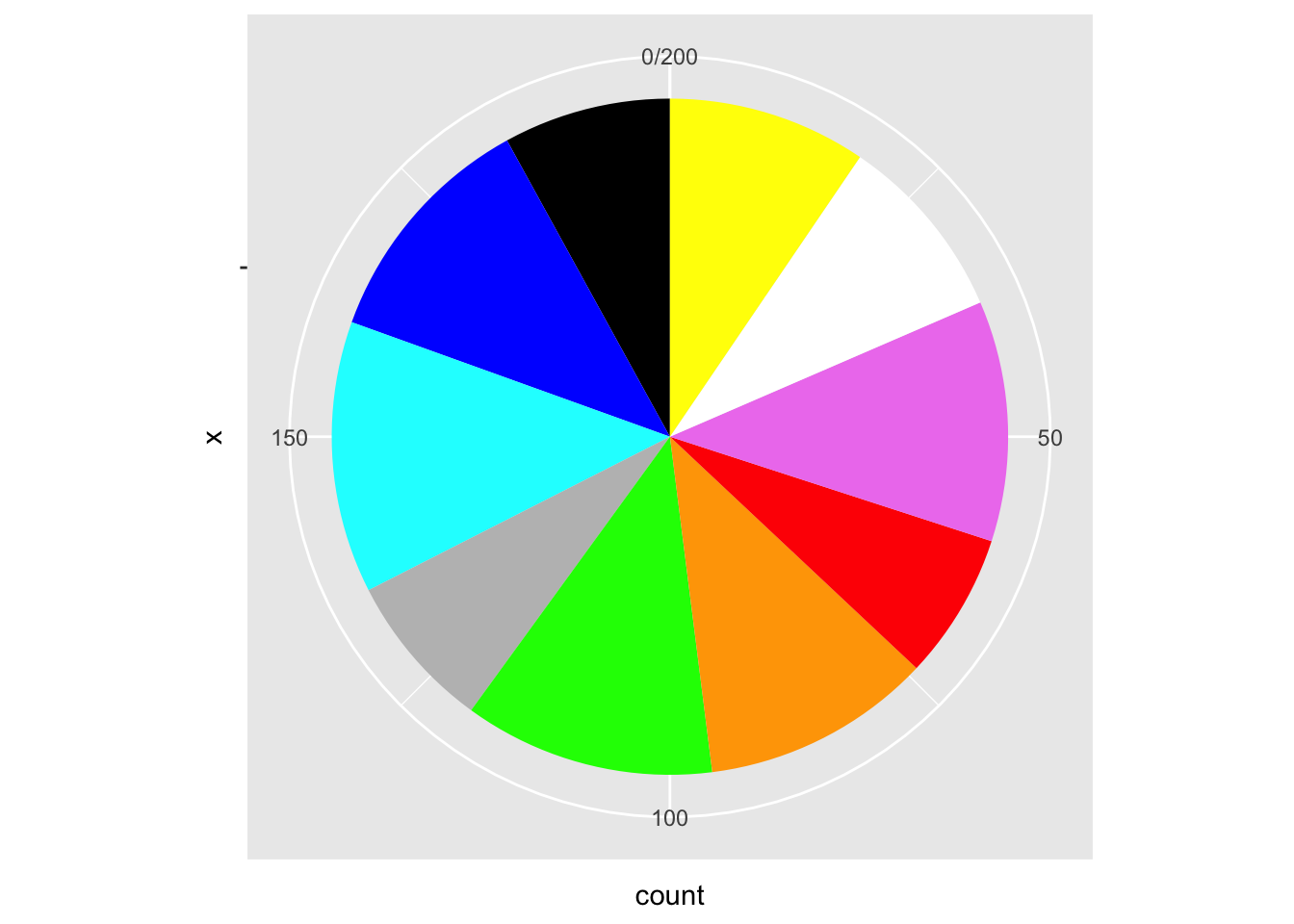

1D summaries of continuous data
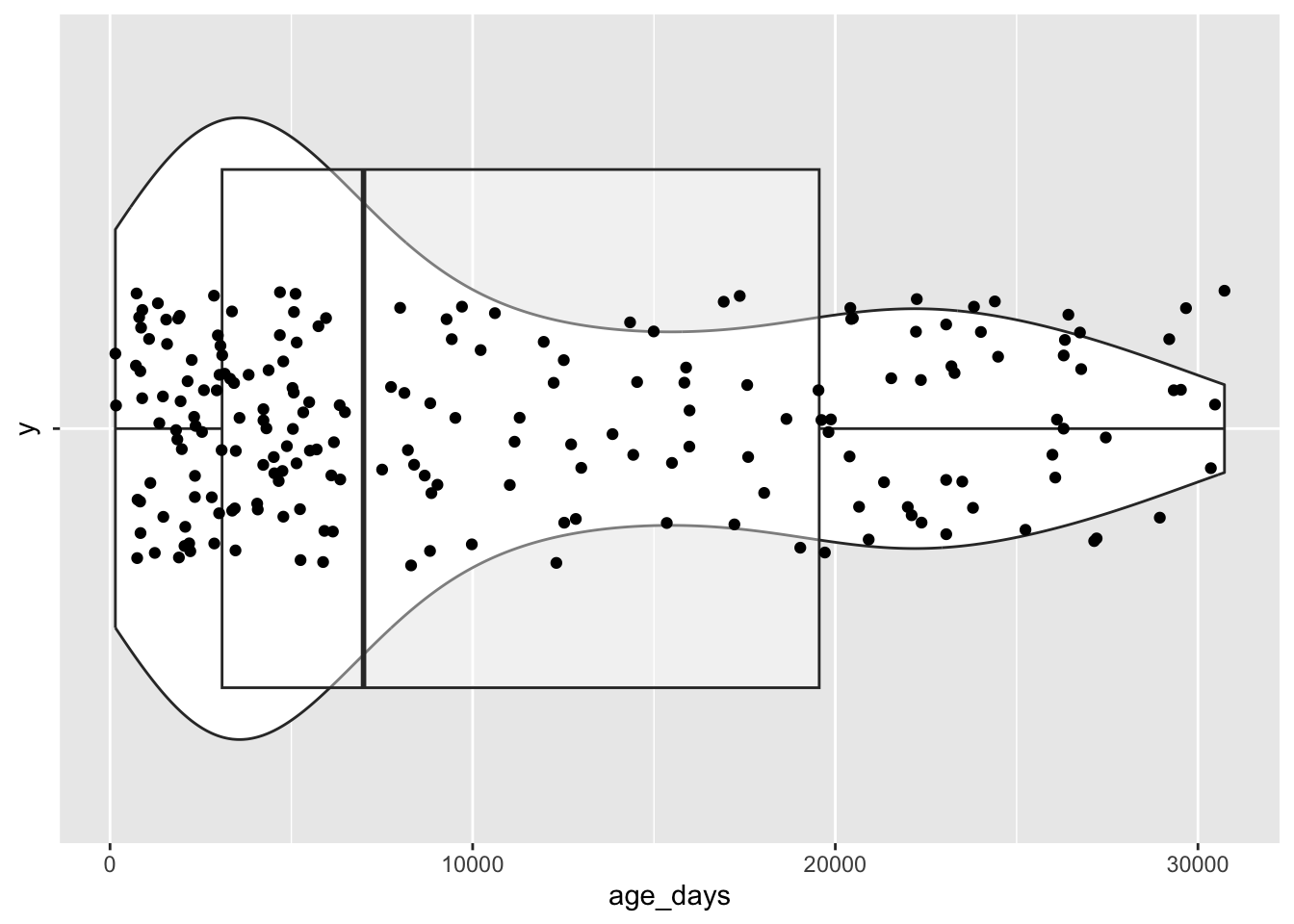
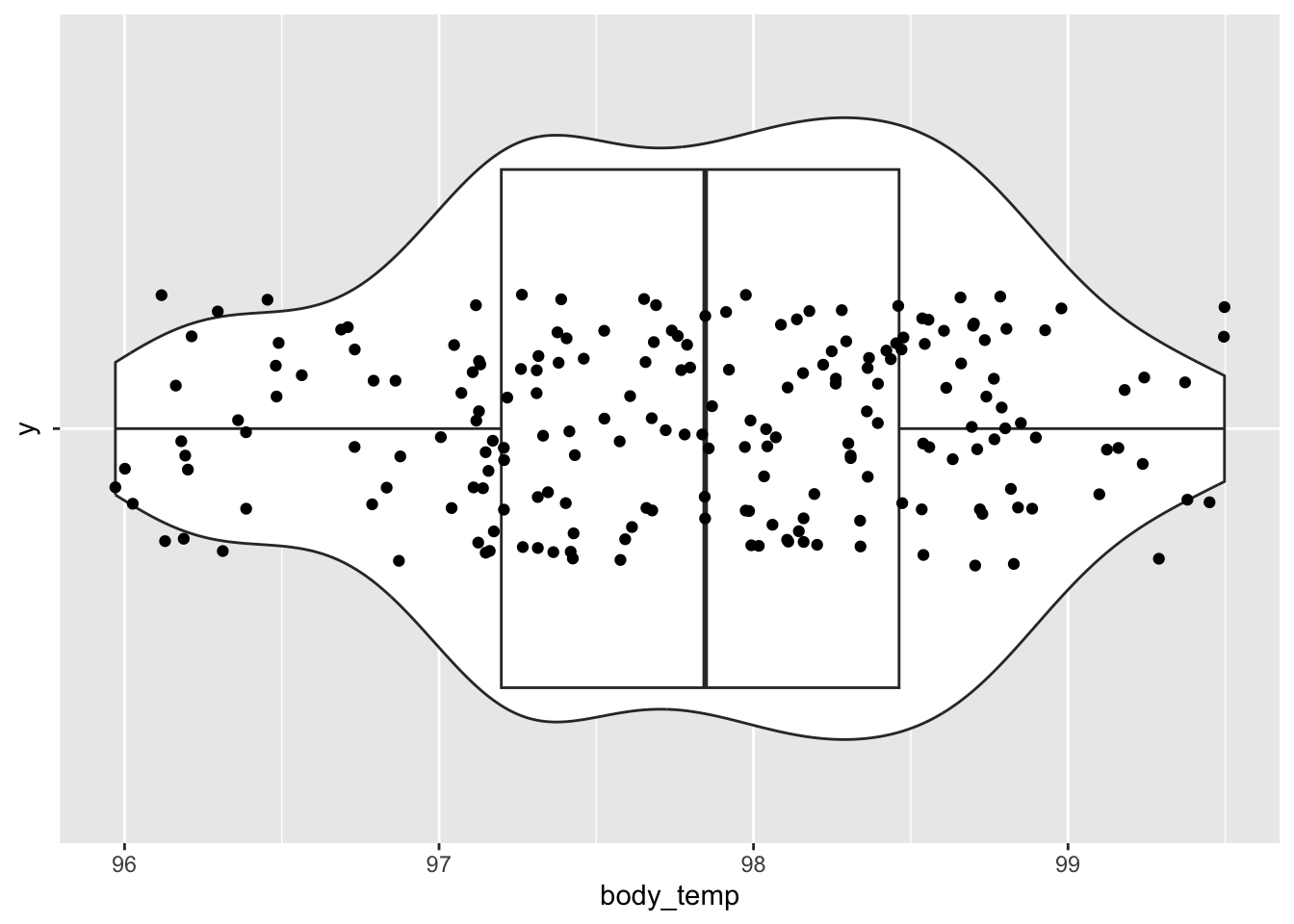
2D scatterplots
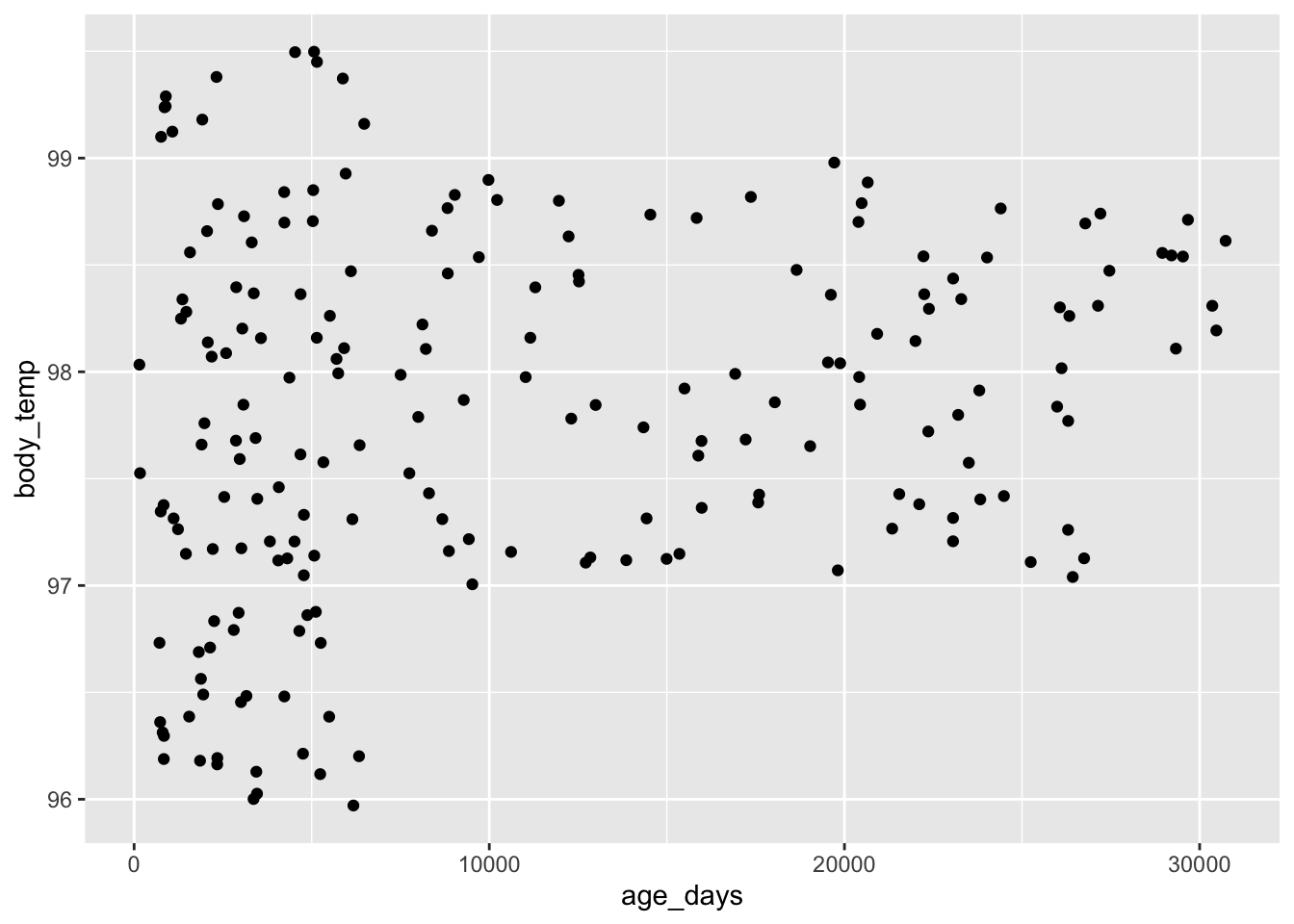
Your Ex-03 Surveys
- Excerpts from figures generated by Google Forms
Today
- What is vision for?
- Information in light
- Detecting information in light
What is vision for?
Information at a distance

James Webb space telescope deep field “Webb’s first deep field (NIRCam image)” (n.d.)
Nature’s speed demon/speed limit
- Light (+ radiowaves) circumnavigate the Earth in ~133 ms

https://w3tm.org
- Earth ~8.3 light-minutes from the Sun
Where is it/am I?
- Azimuth (left/right)
- Elevation (up/down)
- Distance (near/far)
- Orientation
What is it?
- Edges \(\rightarrow\)
- Surfaces \(\rightarrow\)
- Objects or entities
Regarding data figures…
- What are the figure components
- Data points, text, bars/segments/rings/boxes
- Where are different components relative to one another, axes, etc.
- How do figure components convey information about data?
Information in light
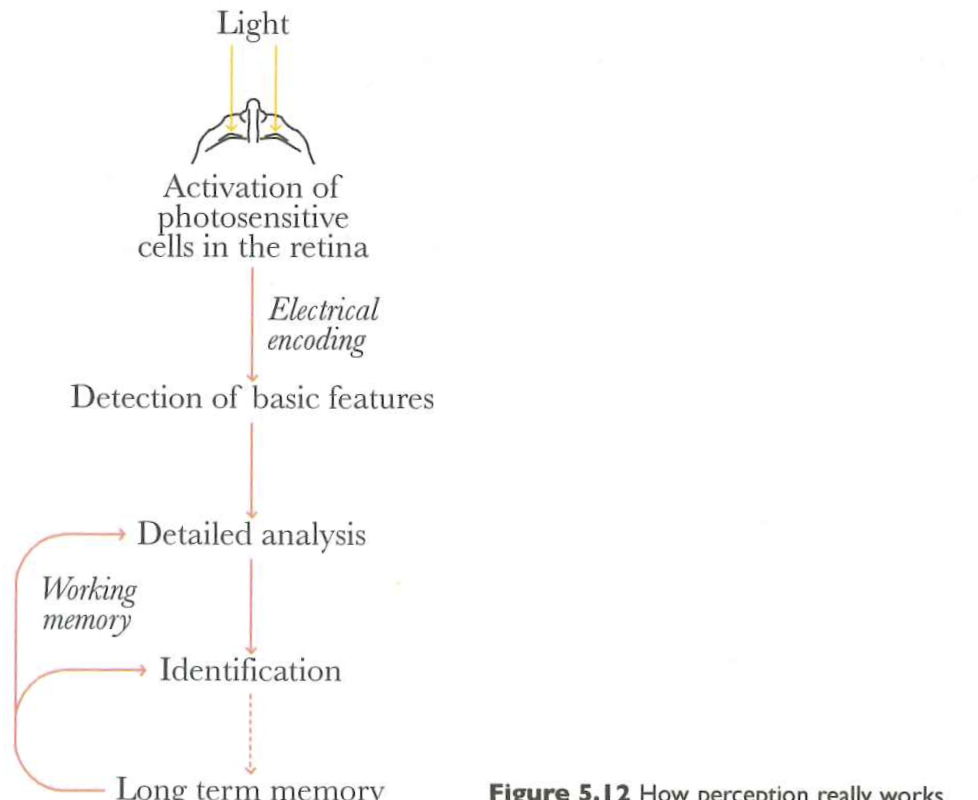
Cairo (2013) Figure 5.12
Electromagnetic spectrum

EM spectrum from Wikipedia
Surfaces reflect/absorb or emit
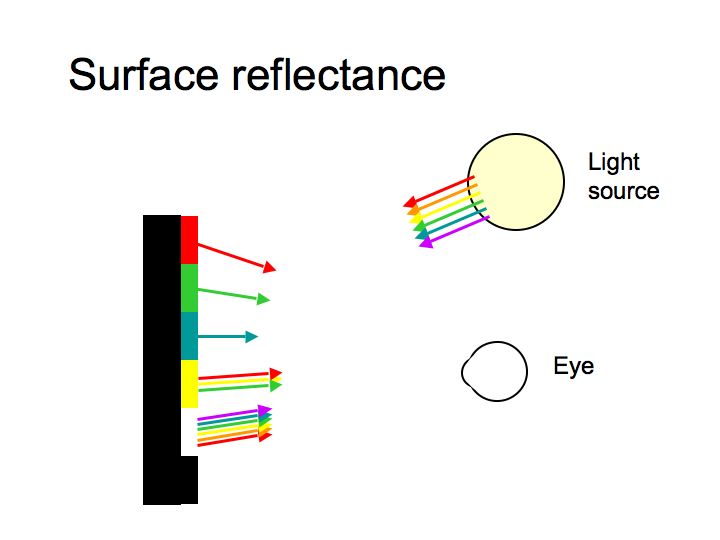
Source: https://www.cns.nyu.edu/~david/courses/perception/lecturenotes/color/color-slides/Slide14.jpg
Different surfaces == Different reflection/absorption
- Perceived color differences correspond to different patterns of light reflection.

Randeberg (2005)
Artificial sources
Spatial patterns on retina
- depend on object geometry and orientation
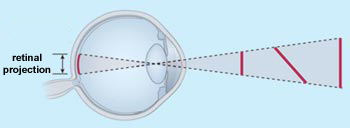
Source: https://thebrain.mcgill.ca
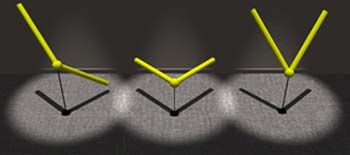
Source: https://thebrain.mcgill.ca
Detecting information in light
What information?
- Position
- Length
- Area
- Color
- Texture
- (Motion)
The eye

is like an auto-focus, auto-exposure camera…

part of a self-stabilizing system…
Bucalo (2015)
Eye + head + body system
Note
- Eye + head + body movements align and point the eyes
- Eye + head + body movements stabilize the eyes
- When the observer moves
- When objects move
Demo
- May I have a volunteer?
Image formation
- Eye’s optical components
- Cornea (fixed refraction)
- Iris/pupil (modifiable aperture)
- Lens (modifiable refraction)
- Create projection (image) on retina
The retina…

- samples spatial patterns of light intensity & wavelength patterns
‘Wavelength-tuned’ photoreceptors

Source: Wikipedia

Retinal rods (green) & cones (blue)
…arranged in mosaics
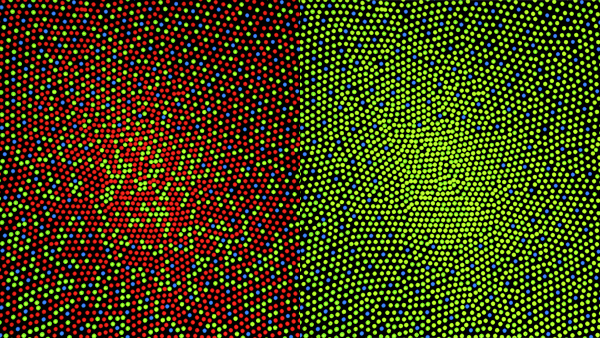
Normal color vision vs. protanopic (color blind) vision; Source: https://en.wikipedia.org/wiki/Retinal_mosaic
with different concentrations in different parts of the retina

Wikipedia
Consequences
- Must move eyes to position highest resolution part of retina over target
- Keep track of sequence of eye movements and positions over time
- Integrate sequence of samples over time
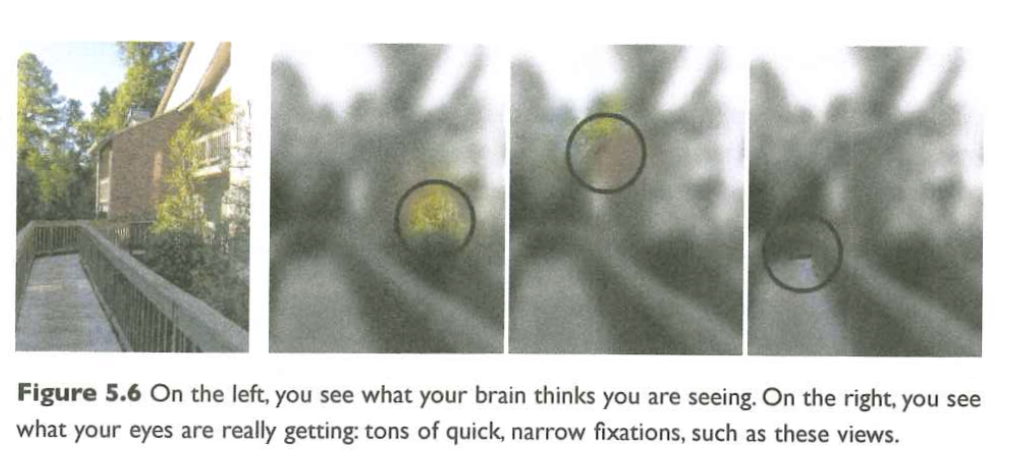
Cairo (2013) Figure 5.6
Information processing
- Separate channels for short, medium, long wavelengths (cones): chromatic (color)
- Black/gray/white or overall illumination (rods): achromatic (dark/light)
- ~120 M rods + ~ 5 M cones (125 M) vs. professional cameras with 100 M pixels
- Point by point, topographic (map-like) 2D image of 3D world
- Non-uniform resolution (center >> periphery)
- yields focused image except…
…when eye misshapen for cornea +lens

Acuity
- Detail/pattern vision
- Grating acuity
- Vernier
- Symbol/letter (optotype) acuity

Contrast sensitivity
- Light/dark ratio (contast)
- vs. spatial frequency (level of detail)
- Contrast -> edges; edges -> shape/form
- e.g., driving in fog
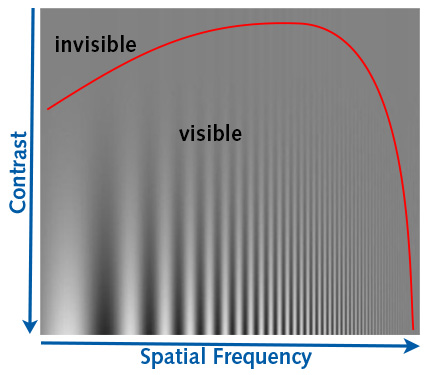
Contrast sensitivity function

Pelli-Robson Contrast Sensitivity Chart
Color perception
- Perceived color a function of activity in “R”, “G”, and “B” photoreceptors

Source: Wikipedia
Wavelengths are continuous, but are perceived colors?
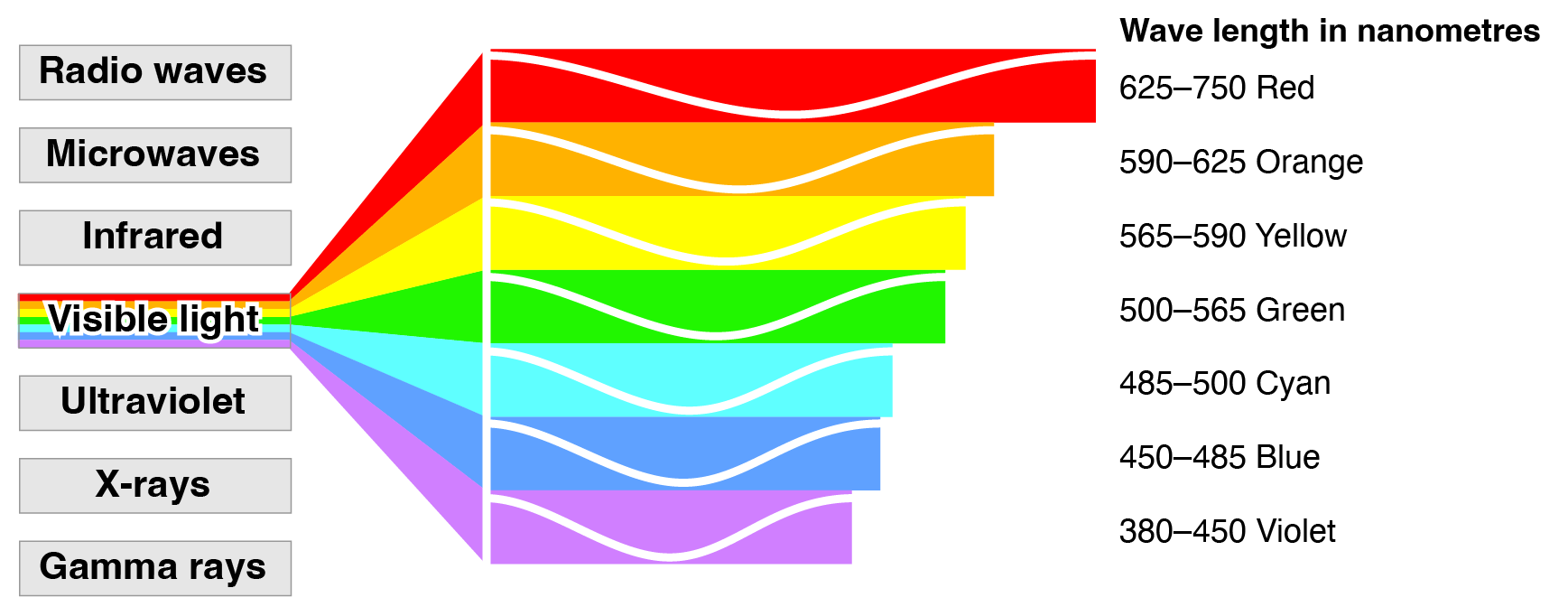
https://rmit.pressbooks.pub/colourtheory1/part/2-colour-theory-the-visible-spectrum/
Perceived colors seem ordinal, but…

- Color is a neuropsychological construct
Color vision anomalies
- Absence of or anomalies in photoreceptors
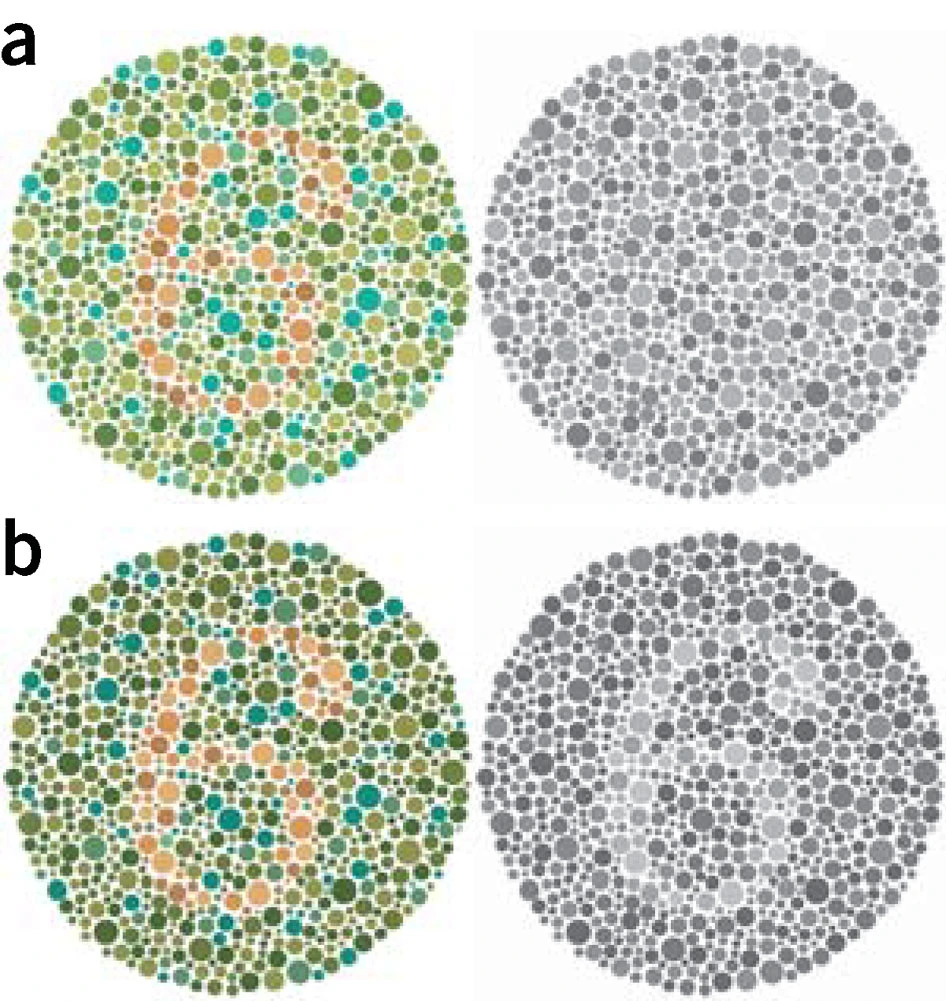
Wong (2011) Figure 1
Types
- Protanopia (impaired R/long wavelength)
- Deuteranopia (impaired G/medium wavelength)
- Tritanopia (impaired B/short wavelength)
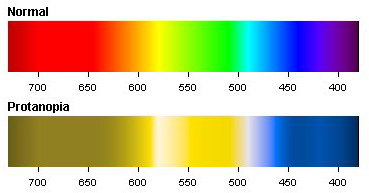
Color palettes
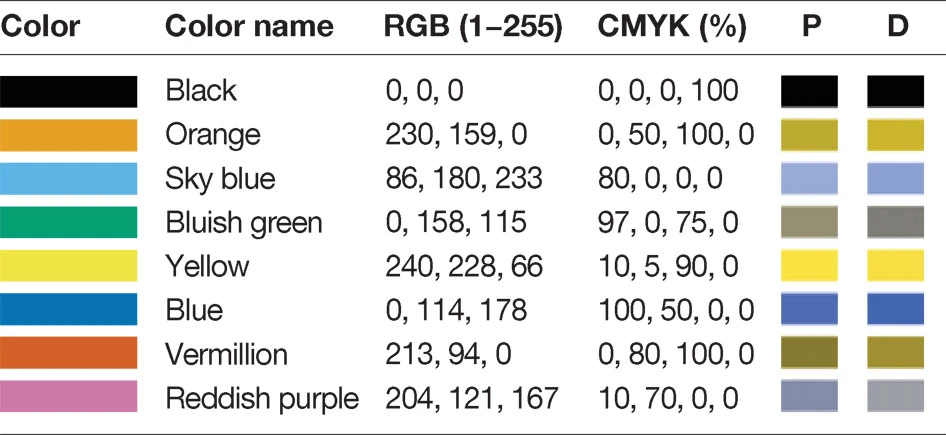
Wong (2011) Figure 2
Some consequences for data figures
- Size of visual elements (symbols, including text)
- Contrast (light/dark or color)
- Textures of visual patterns
- Some colors more visible than others
- How much visual scanning (# of eye movements)?
Your turn
Evaluating figures
- Visit our sample figures page and evaluate which figures might pose challenges for people with vision impairments.
- Visit our figures in psychological science and figures in business, journalism, and the arts pages with the same goal.
- What specific issues do you foresee?
- Visual perception a reconstruction of reality
- Continuous pattern of light \(\rightarrow\) intensity detected by 4 photoreceptor types
- Retina has non-uniform sensivity to light, so some information more easily detected
Next time
From cognition to understanding
